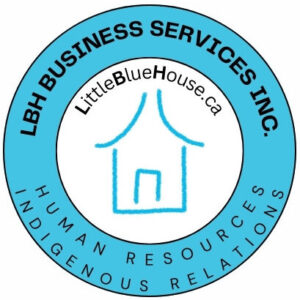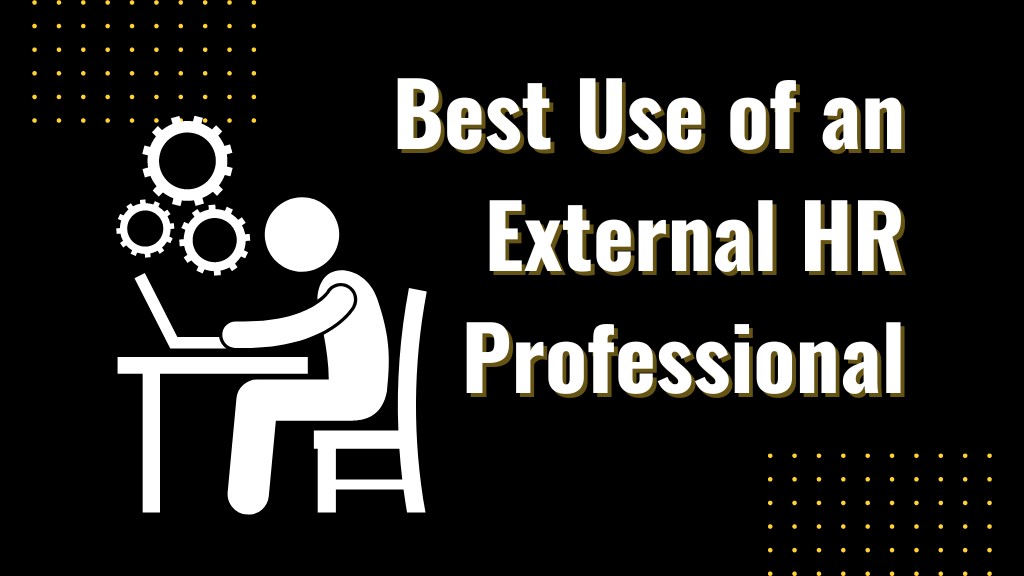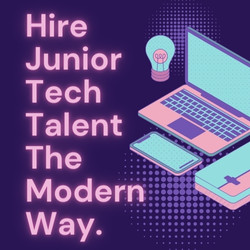The best use of an external HR professional is to help ownership or managers brainstorm to develop HR strategy, tactics, policies, and training. The external HR professional can be an honest third party that privately helps and advises owners and managers. It may be helpful to allow owners and managers to learn in private so they don’t get called out or humiliated in front of the rest of the employees.
This article is part of a series of articles based on my previous article, “What is the Role of Human Resources?” This article is for organizations that still need a full-time HR professional but need high-level HR work done.
Simple Brainstorming
Brainstorming can be powerful to get and develop ideas. A skilled outside facilitator like an HR Consultant can help your team to develop ideas in a safe space.
Here are the steps for simple brainstorming:
- Define the objective or problem: Clearly articulate the topic or issue you want to brainstorm about.
- Gather a diverse group: Invite individuals with varied backgrounds, perspectives, and expertise related to the topic.
- Set a time limit: Allocate a specific duration for the brainstorming session to maintain focus and (Source: Top 7 Brainstorming Techniques For Remote Teams | Traqq Blog.
 ) productivity.
) productivity. - Generate ideas: Encourage participants to contribute ideas without judgment or criticism freely. At this stage, quantity is prioritized over quality.
- Write down all ideas: Record every idea shared during the session, either on a whiteboard, flip chart, or digitally, to ensure everything is recovered.
- Encourage wild and creative ideas: Encourage participants to think outside the box and propose unconventional solutions. (Source: Boost Efficiency and Teamwork: How to Incorporate Improv Training in the Workplace – Corporate Team Building, Improv Training, Improv Based Team Building, Fun and Unique Team Building. )
- Build upon ideas: Encourage participants to expand on each other’s ideas, fostering collaboration and innovation.
- Avoid criticism: Emphasize that the goal is to generate as many ideas as possible without evaluating or criticizing them during the session.
- Review and refine: After the brainstorming session, review the ideas (Source: 21 brainstorming techniques to boost creativity | Craft Docs.
 ) generated, identify the most promising ones, and refine them further.
) generated, identify the most promising ones, and refine them further. - Develop an action plan: Determine the following steps, assign responsibilities, and establish a timeline for implementing the (Source: The Key Element Strategic Plan Checklist.
 ) selected ideas.
) selected ideas.
These steps provide a structured approach to simple brainstorming, allowing for the generation of creative solutions to various problems or challenges.
HR Strategy
HR Strategy is your high-level plan for all employee growth and development. You need to fall in line with your overall organizational strategic plan. The organization has said they are moving in a direction, and now you need to develop matching HR plans.
An HR strategy plan outlines an organization’s comprehensive approach to managing its human resources effectively.
It encompasses various elements:
- recruitment,
- training,
- performance management,
- employee engagement, and
- retention.
This strategic blueprint aligns HR practices with the organization’s overarching goals and objectives, ensuring that the workforce contributes optimally to the company’s success. It involves analyzing current workforce capabilities, identifying future needs, and developing initiatives to bridge gaps.
A well-crafted HR strategy plan is a roadmap for HR professionals to navigate challenges, capitalize on opportunities, and foster a positive workplace culture conducive to productivity and growth.
HR Tactics
Implementing an HR strategic plan requires careful planning and execution.
Here are some tactics commonly used:
- Clear Communication: Ensure that the strategic plan is communicated clearly to all levels of the organization. (Source: What Does the Future of Hybrid Work Look Like? | Workplace from Meta.
 ) Communication includes explaining the rationale behind the plan, its goals, and how each employee’s role contributes to its success.
) Communication includes explaining the rationale behind the plan, its goals, and how each employee’s role contributes to its success. - Engagement and Participation: Involve key stakeholders, including managers and employees, in the development and execution of the plan. Including more groups fosters ownership and commitment to its success.
- Alignment with Organizational Goals: Ensure that the HR strategic plan aligns with the overall goals and objectives of the organization. Alignment with organizational goals ensures that HR initiatives support the broader business strategy.
- SMART Goals: Set specific, measurable, achievable, relevant, and time-bound (SMART) goals within the HR strategic plan. SMART goals provide clarity and help track progress effectively.
- Resource Allocation: Allocate resources, including budget, personnel, and technology, to support implementing the HR strategic plan. Adequate resources are essential for successful execution.
- Training and Development: Provide training and development opportunities to HR staff and managers to build the necessary skills and knowledge to execute the strategic plan effectively.
- Performance Metrics and Monitoring: Establish key performance indicators (KPIs) to measure the success of the HR strategic plan. Regularly monitor progress against these metrics and adjust strategies as needed.
- Change Management: Recognize that implementing a new HR strategic plan may require processes, procedures, and organizational culture changes. Implement change management strategies to minimize resistance and (Source: Digital Transformation Strategies for Legacy Software Systems – bichidi.cuonghuu.com.
 ) facilitate smooth implementation.
) facilitate smooth implementation. - Feedback Mechanisms: Establish feedback mechanisms to gather input from employees and stakeholders throughout the implementation process. Proper feedback mechanisms allow for adjustments based on real-time feedback and enhance buy-in.
- Continuous Improvement: Treat the implementation of the HR strategic plan as an iterative process. Continuously evaluate performance, gather lessons learned, and make improvements to ensure long-term success.
By employing these tactics, organizations can effectively action their HR strategic plans and drive positive outcomes for the business and its employees.
HR Policies
Your HR policies will rely heavily on your HR strategy, the tactics you will be using, the industry you’re in, and what type of work environment you want to create.
In general, these are some HR policy guidelines:
- Create policies with the support and input from your employees. Team or group-developed policies create a sense of ownership and trust for the employees.
- Only create a policy if needed because too many rules negatively affect the work environment.
- Make policies short and to the point so they are clear. Short policies will encourage a higher rate of employees to read the guidelines before an issue arises.
- Find ways to encourage following policies by rewarding good behaviour. Punishments for not following policies will negatively affect your work environment.
Employee Training Plans
An external HR professional is the third party that can help get better employee feedback about training plans. It’s hard to admit to the boss that you don’t love your job and are trying to find ways to advance your career.
Keep the training plans as simple as possible.
Here are some tips to follow:
- Find out what the employee needs “right now” to do better. If there is a budget to get this training, support, or tools, then get this done as soon as possible.
- Find out what ongoing or advanced training the employees need to do their jobs. It would be best if you tried to find a budget for these within the following year.
- Find out what job they want to move into within the organization. Promotions are long-term; you may be okay with additional training for 1-2 years.
Even if you don’t have or don’t expect openings for promotions in the next 1-2 years, you should still help employees advance to the right skill level. If something unforeseen happens, you will be in a good place.
Alternatively, if you don’t have room for the employee to advance, you have created a happy employee! If they leave your organization to advance their career, they will be satisfied and grateful for your support.
Happy ex-employees will generate goodwill for your organization, and you may always have good prospects for entry-level positions.
What’s Next?
Now, you should have a more precise and more detailed path for your HR strategy thanks to using external and temporary HR Professionals.
Ultimately, this helps you save on salary until you’re large enough to hire a full-time HR Advisor.
To learn more about when you should hire a full-time HR Advisor, read my article “How Much Money Should You Spend on HR?“
For human resources support in Canada, click here to book a free HR needs assessment now. If you’re on a budget, consider joining my Patreon to ask unlimited HR questions. If you need HR advice sooner, book a consultation via Fiverr here.
HR questions. If you need HR advice sooner, book a consultation via Fiverr here.




